How Many Workout Reps Should I do?
Have you ever wondered what different rep ranges you should attempt when doing a workout? This blog edition is all about the number of reps to perform and how you can add them to your workout, based on what your workout goals are.
You have probably heard super cool fitness #fitspo people say things like “I’m doing a 5x5 program right now” or “I’m cranking out 3 sets of 10 today” while sipping on their protein shake and flexing their biceps. Our bodies and muscles respond differently to the number of reps we ask them to perform, and there’s real science behind why you could choose to work in one range versus another based on your fitness goal. My favorite courses on workout program design that I’ve learned from our Girls Gone Strong and Kilo Strength Society.
12-20 rep range
Stabilization
Endurance
Often used with Beginners
This high rep range is usually used for 2-3 sets and lighter weight or resistance. It’s excellent to work on balancing exercises, to help beginners master a movement by doing it over and over again, and to increase the muscle’s endurance.
I use it:
When I’m programming someone for weight loss or body composition changes, someone who’s brand new to strength training, and for populations that benefit from low impact exercise. My chair workout is a great low impact exercise for beginners.
8-12 rep range
Strength Endurance
Builds Strength
Used with Beginners, Intermediate, Advanced
This medium rep range is usually used for 3-4 sets and a weight that gets challenging around reps 10-12. It’s a rep range used often for all levels, and increases strength because we’ve increased the load (amount of weight) someone is working under.
I use it:
To pair with the 12-20 rep range for someone who also wants to get stronger but either 1) isn’t ready for maxing out their lifts or 2) enjoys this rep range and level of difficulty 3) wants to lose weight or change body composition. Check out my pull up conditioning workout on YouTube to get a better idea on endurance and building strength.
6-10 rep range
Hypertrophy (pronounced High-PURR-truh-fee) a fancy word for muscle growth
Increasing intensity of workout
Used with Intermediate and Advanced
This medium rep range is usually used for 3-4 sets with a weight that can be challenging by the 5-6 rep. This rep range typically works with heavier weights or more challenging bodyweight exercises (pullups) and should be used by people who have mastered exercises like squats, deadlifts, and pressing with proper form.
I use it:
To pair with the 8-12 rep range for someone who is looking to get stronger or gain muscle mass and who enjoys lifting heavier weights.
1-5 rep range
Power
Maximal Strength
Advanced
I only use this rep range with my advanced clients and athletes who are training for a specific event. It’s great for pushing your body to safe limits with tasks like vertical jumps, getting a personal record for your squat, or doing a demanding full body lift like a clean and jerk.
I use it:
With advanced clients and athletes looking to become as strong and fast as possible, and will pair it with 8-12 and 6-10 rep ranges because humans generally don’t feel good if they always train in this rep range year round. Check out this HIIT workout to get a better idea of how it is used!
Have other questions about the different rep ranges? Do you use rep ranges differently in your own fitness practice? Let me know in the comments below!
This content contains affiliate links, and as an Amazon Associate I earn from qualifying purchases at no extra cost to you.


